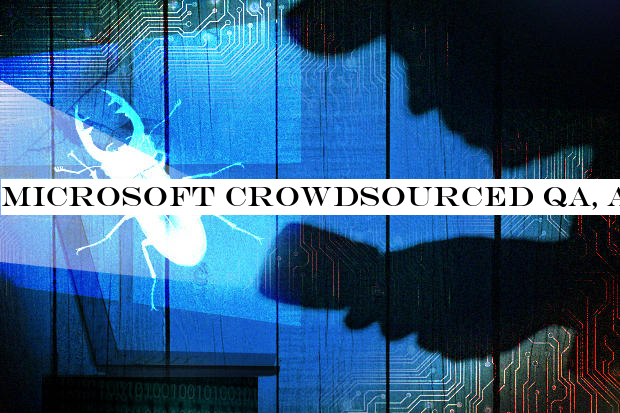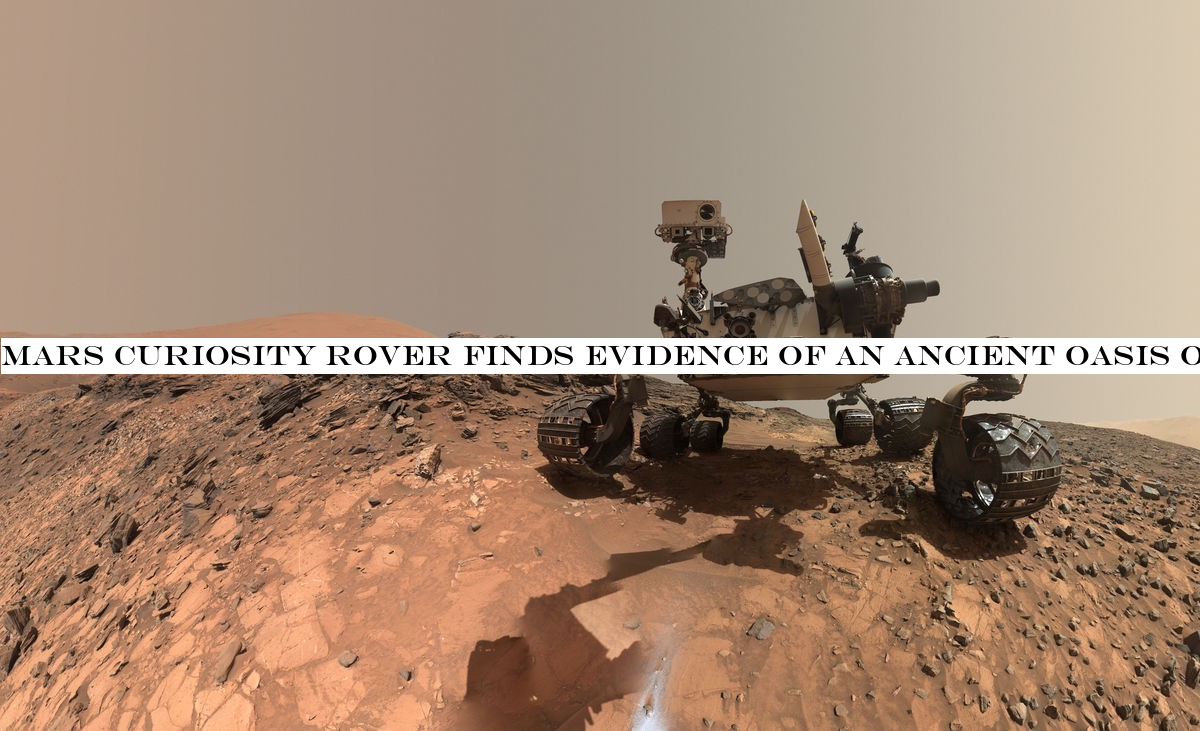Music
Trailers
DailyVideos
India
Pakistan
Afghanistan
Bangladesh
Srilanka
Nepal
Thailand
StockMarket
Business
Technology
Startup
Trending Videos
Coupons
Football
Search
Download App in Playstore
Download App
Best Collections
Technology

Ithard to overstate the problems caused by Microsoftsecond, third and fourth September cumulative updates for all Windows 10 versions. For example, Win10 version 1903, the latest and greatest, saw cumulative updates on Sept. 10 (KB 4515384), Sept. 23 (KB 4522016), Sept. 26 (KB 4517211) and Oct. 3 (KB 4524147, which some characterize as a super-early October cumulative update).
As Microsoft kept flinging buggy fixes at the zero-day problem known as CVE-2019-1367, customers kept complaining about problems with:
- Print spooler crashes — No, they weren&t fixed with the fourth cumulative update, KB 4524147, in spite of Microsoftassertions. In fact, Mayank Parmar at Windows Latest documents complaints about KB 4524147 breaking PCs that were working after the third cumulative update, KB 4517211. So we have separate printer bug reports for the second, third and fourth cumulative updates. A royal printer flush.
- Start Menu bugs— Click Start on a patched system and you get the message &Critical Error/ Your Start menu isn&t working,& which is my latest candidate for a D&oh! illuminating error message award.
- Older JScript-based program bugs
- Can&t type into the Cortana Search box
- VMWare won&t start, with the warning &VMware Workstation Pro can&t run on Windows&
- Machines won&t boot after installing the fourth cumulative update (see Lawrence Abrams& report on BleepingComputer), or can&t install the update at all.
Microsoft hasn&t acknowledged any of those bugs, except for the printer spooler bug in the second September cumulative update. Yes, thatthe bug that is known to persist (reappear?) in the fourth cumulative update.
To read this article in full, please click here
- Details
- Category: Technology

Itthe heyday of Windows 7, and pilot fish is well familiar with the operating systemdisconcerting habit of reorganizing the desktop icons on login without warning. Sometimes users call about this phenomenon, but fish just tells them therenothing he can do to prevent it, and they&ll just have to live with it.
But one user in the Finance Department insists that fish has to come and help her because she cannot find the icon for the program she needs to run a financial report. When fish arrives, he sees that there are plenty of icons on the desktop, so he asks the user which program she needs. &I don&t know.& OK, what does it do when you run it? &I don&t know.& Well, what does the icon look like?
To read this article in full, please click here
- Details
- Category: Technology

Will the next update to Windows 10, which should roll out in the next few weeks, be bug-free? Thatnever a reasonable expectation, for Microsoft or any other software maker. Will it absolutely, positively not do something so horrendous to the worldPCs that corporate productivity will be hampered? A much lower standard, for sure — but I wouldn&t bet on it.
Windows updates have had a checkered history in recent years. The worst was probably the October 2018 Update for Windows 10, which deleted peoplefiles permanently and without warning. But that is hardly the only memorably bad update.
To read this article in full, please click here
- Details
- Category: Technology
Read more: Microsoft crowdsourced QA, and look what we got
Write comment (92 Comments)
As expected, Microsoft never put Windows 10 1809 on a majority of users' PCs, instead sidestepping the problem-hounded upgrade that was delayed by months earlier this year.
According to AdDuplex, a Lithuanian company whose metrics technology is embedded in thousands of Windows Store apps, Windows 10 1809 powered 26% of surveyed Windows 10 systems as of Sept. 25. The decline from August was small, only 3 percentage points, yet it was the largest since the version peaked in May.
[ Related: Windows 10 May 2019 Update: Key enterprise features ]Windows 10 1809, unlike its predecessors, never powered even a third of all Windows 10 systems: It peaked at 31% in May. That was at odds with its immediate precursor, Windows 10 1803, which hit 90% for a high, and the upgrade before that, version 1709, which pegged 92% before falling.
To read this article in full, please click here
- Details
- Category: Technology
Read more: Microsoft's plan to ignore Windows 10 1809 worked
Write comment (98 Comments)All over the globe, the population of people who are aged 65 and older is growing faster than every other age group. According to United Nations data, by 2050, one in six people in the world will be over age 65, up from one in 11 right now. Meanwhile, in Europe and North America, by 2050, one in four people could be 65 or over.
Unsurprisingly, startups increasingly recognize opportunities to cater to this aging population. Some are developing products to sell to individuals and their family members directly; others are coming up with ways to empower those who work directly with older Americans.
BrainCheck, a 20-person, Houston-based startup whose cognitive healthcare product aims to help physicians assess and track the mental health of their patients, is among the latter. Investors like what it has put together, too. Today, the startup is announcing $8 million in Series A funding round co-led by S3 Ventures and Tensility Venture Partners.
We talked earlier today with BrainCheck cofounder and CEO Yael Katz to better understand what her company has created and why it might be of interest to doctors who don&t know about it. Our chat has been edited for length and clarity.
TC: You&re a neuroscientist. You started BrianCheck with David Eagleman, another neuroscientist and the CEO of NeoSensory, a company that develops devices for sensory substitution. Why? Whatthe opportunity here?
YK: We looked across the landscape, and we realized that most cognitive assessment is [handled by] a subspecialty of clinical psychology called neuropsychology, where patients are given a series a tests and each is designed to probe a different type of brain function — memory, visual attention, reasoning, executive function. They measure speed and accuracy, and based on that, determine whether therea deficit in that domain. But the tests were classically done on paper and it was a lengthy process. We digitized them and gamified them and made them accessible to everyone who is upstream of neuropsychology, including neurologists and primary care doctors.
We created a tech solution that provides clinical decision support to physicians so they can manage patients& cognitive health. There are 250,000 primary care physicians in the U.S. and 12,000 neurologists and [they&re confronting] whatbeen called a silver tsunami. With so many becoming elderly, itnot possible for them to address the need of the aging population without tech to help them.
TC: How does your product work, and how is it administered?
YK: An assessment is all done on an iPad and takes about 10 minutes. They&re typically administered in a doctoroffice by medical technicians, though they can be administered remotely through telemedicine, too.
TC: These are online quizzes?
YK: Not quizzes and not subjective questions like, ‘How do you think you&re doing?& but rather objective tasks, like connect the dots, and which way is the center arrow pointing — all while measuring speed and accuracy.
TC: How much does it cost these doctors& offices, and how are you getting word out?
YZ: We sell a monthly subscription to doctors and ita tiered pricing model as measured by volume. We meet doctors at conferences and we publish blog posts and white papers and through that process, we meet them and sell products to them, beginning with a free trial for 30 days, during which time we also give them a web demo.
[What we&re selling] is reimbursable by insurance because it helps them report on and optimize metrics like patient satisfaction. Medicare created a new code to compensate doctors for cognitive care planning though it was rarely used because the requirements and knowledge involved was so complicated. When we came along, we said, let us help you do what you&re trying to do, and itbeen very rewarding.
TC: Say one of these assessments enables a non specialist to determine that someone is losing memory or can&t think as sharply. What then?
YZ: Therephrase: &Diagnose and adios.& Unfortunately, a lot of doctors used to see their jobs as being done once an assessment was made. It wasn&t appreciated that impairment and dementia are things you can address. But about one third of dementia is preventable, and once you have the disease, it can be slowed. Ithard because it requires a lot of one-on-one work, so we created a tech solution that uses the output of tests to provide clinical support to physicians so they can manage patients& cognitive health. We provide personalized recommendations in a way thatscalable.
TC: Meaning you suggest an action plan for the doctors to pass along to their patients based on these assessments?
YZ: There are nine modifiable risk factors found to account for a third of [dementia cases], including certain medications that can exacerbate cognitive impairment, including poorly controlled cardiovascular health, hearing impairment, and depression. People can have issues for many reasons — multiple sclerosis, epilepsy, Parkinson— but health conditions like major depression and physical conditions like cancer and treatments like chemotherapy can cause brain fog. We suggest a care plan that goes to the doctor who then uses that information and modifies it. A lot of it has to do with medication management.
A lot of the time, a doctor — and family members — don&t know how impaired a patient is. You can have a whole conversation with someone during a doctorvisit who is regaling you with great conversation, then you realize they have massive cognitive deficits. These assessments kind of put everyone on the same page.
TC: You&ve raised capital, how will you use it to move your product forward?
YK: We&ll be combining our assessments with digital biomarkers like changing voice patterns and a test of eye movements, and we have developed an eye-tracking technology and voice algorithms, but those are still in clinical development; we&re trying to get FDA approval for them now.
TC: Interesting that changing voice patterns can help you diagnose cognitive decline.
YK: We aren&t diagnosing disease. Think of us as a thermometer that [can highlight] how much impairment is there and in what areas and how itprogressive over time.
TC: What can you tell readers who might worry about their privacy as it relates to your product?
YK: Our software is HIPAA compliant. We make sure our engineers are trained and up to date. The FDA requires that we we put a lot of standards in place and we ensure that our database is built in accordance with best practices. I think we&re doing as good a job as anyone can.
Privacy is a concern in general. Unfortunately, companies big and small have to be ever vigilant about a data breach.
- Details
- Category: Technology

On its latest trek through the Gale Crater on Mars, the Curiosity Rover has discovered evidence thatleading . scientists to believe that there was an oasis at the base of that 150-kilometer-wide crater.
Curiosity scientists described the scene in an article in &Nature Geoscience& published earlier this week. Researchers analyzing data from the Rover are extrapolating from the data that rocks enriched by mineral salts are evidence of briny ponds that went through periods of drying out and overflowing. Those deposits serve as a watermark made by climate fluctuations as Mars& climate changed from a wet one to the current frigid ice desert it is today.
The next step in their research is for scientists to understand how long the transition took and when it happened, according to a statement from NASAJet Propulsion Laboratory in Pasadena, Calif.
The Gale Crater is the leftover geological formation from an impact that changed the surface of Mars. Eventually water and wind filled in the crater and the hardening sediment, carved by wind, created the Mount Sharp geological formation that the Curiosity Rover is scaling right now.
The Rover is taking samples of each layer as it climbs and sending that data back to reveal new information about the environment on Mars over time, NASA said.
&We went to Gale Crater because it preserves this unique record of a changing Mars,& said lead author William Rapin of Caltech, in a statement. &Understanding when and how the planetclimate started evolving is a piece of another puzzle: When and how long was Mars capable of supporting microbial life at the surface?&
Rapin and his co-authors found salts across a 500-foot-tall section of sedimentary rocks that Curiosity first visited in 2017. The &Sutton Island& salts suggest that water had collected in pools across the formation in addition to the intermittent very dry periods that the scientists had already discovered.
Scientists speculate that the geological formations may have resembled the salt lakes in South AmericaAltiplano. Streams and . rivers flowing . from mountain ranges lead to similar basins as the Martian terrain. And those lakes are similarly influenced by climactic changes.
&Finding inclined layers represents a major change, where the landscape isn&t completely underwater anymore,& said Team member Chris Fedo, who specializes in the study of sedimentary layers at the University of Tennessee. &We may have left the era of deep lakes behind.&
Future missions will see Curiosity driving toward more inclined layers to investigate rock structures. If they formed in drier conditions, that may mean a new phase of development for the crater — and reveal still more secrets about life on Mars from millions of years ago.
- Details
- Category: Technology
Read more: Mars Curiosity Rover finds evidence of an ancient oasis on Mars
Write comment (95 Comments)Page 699 of 5614

 16
16





